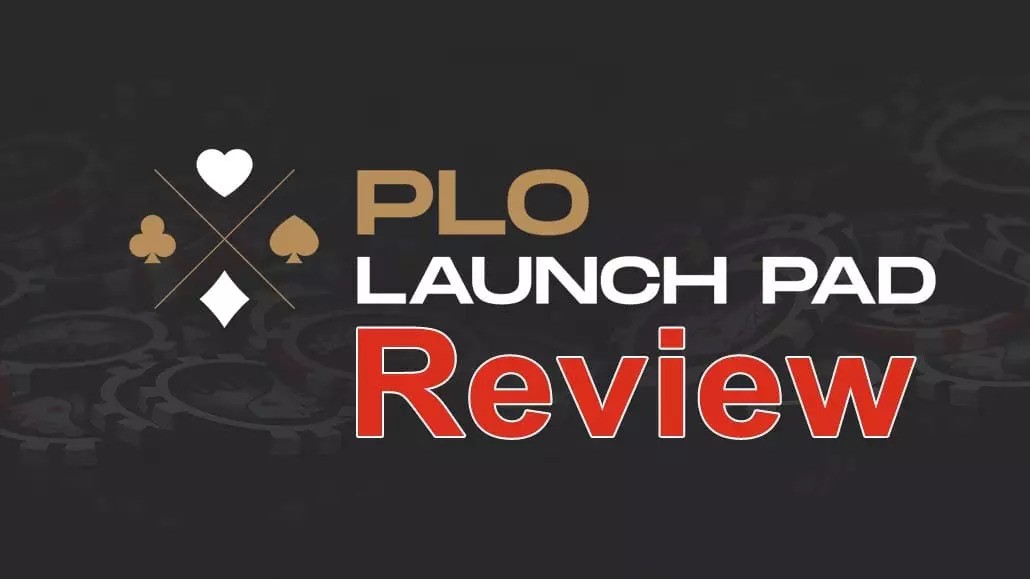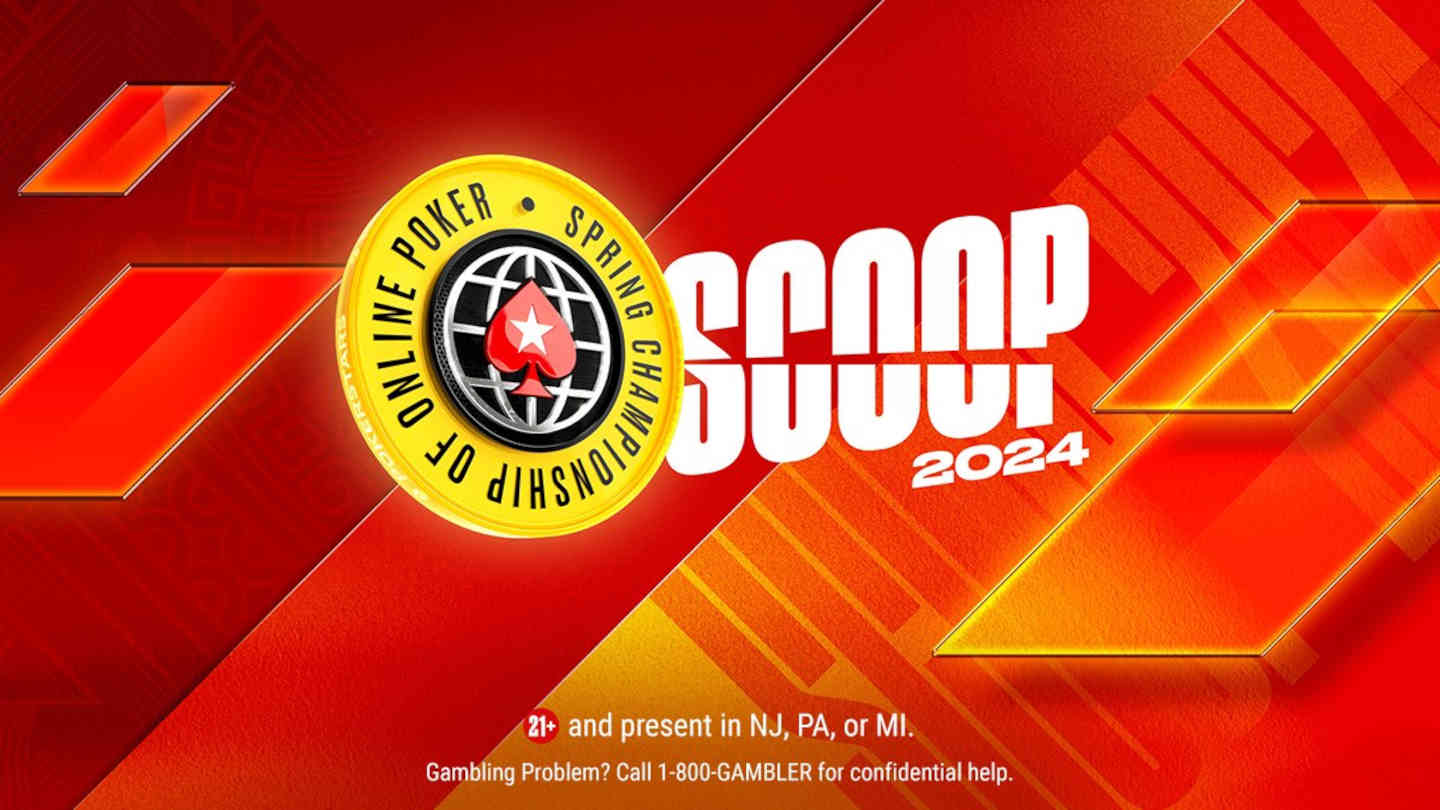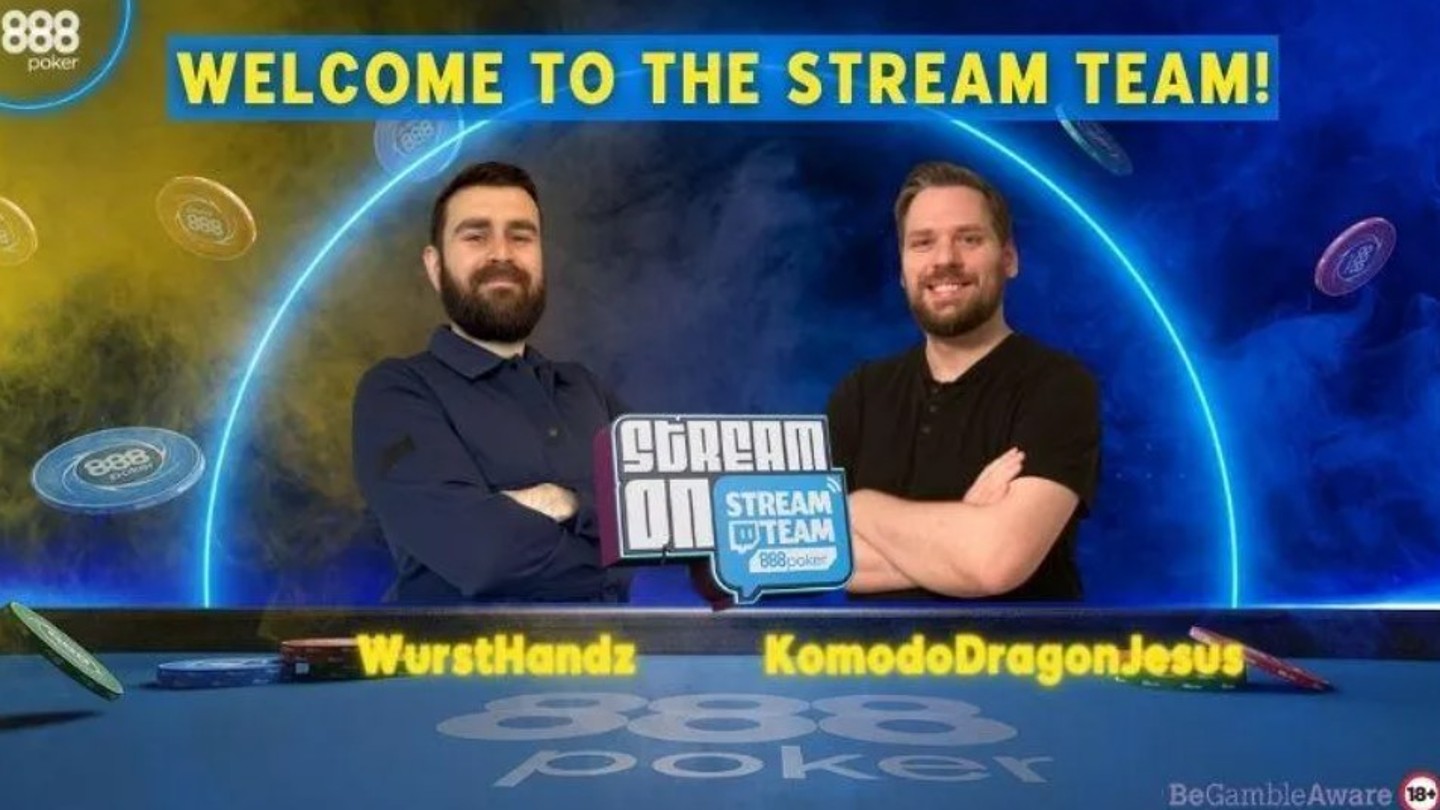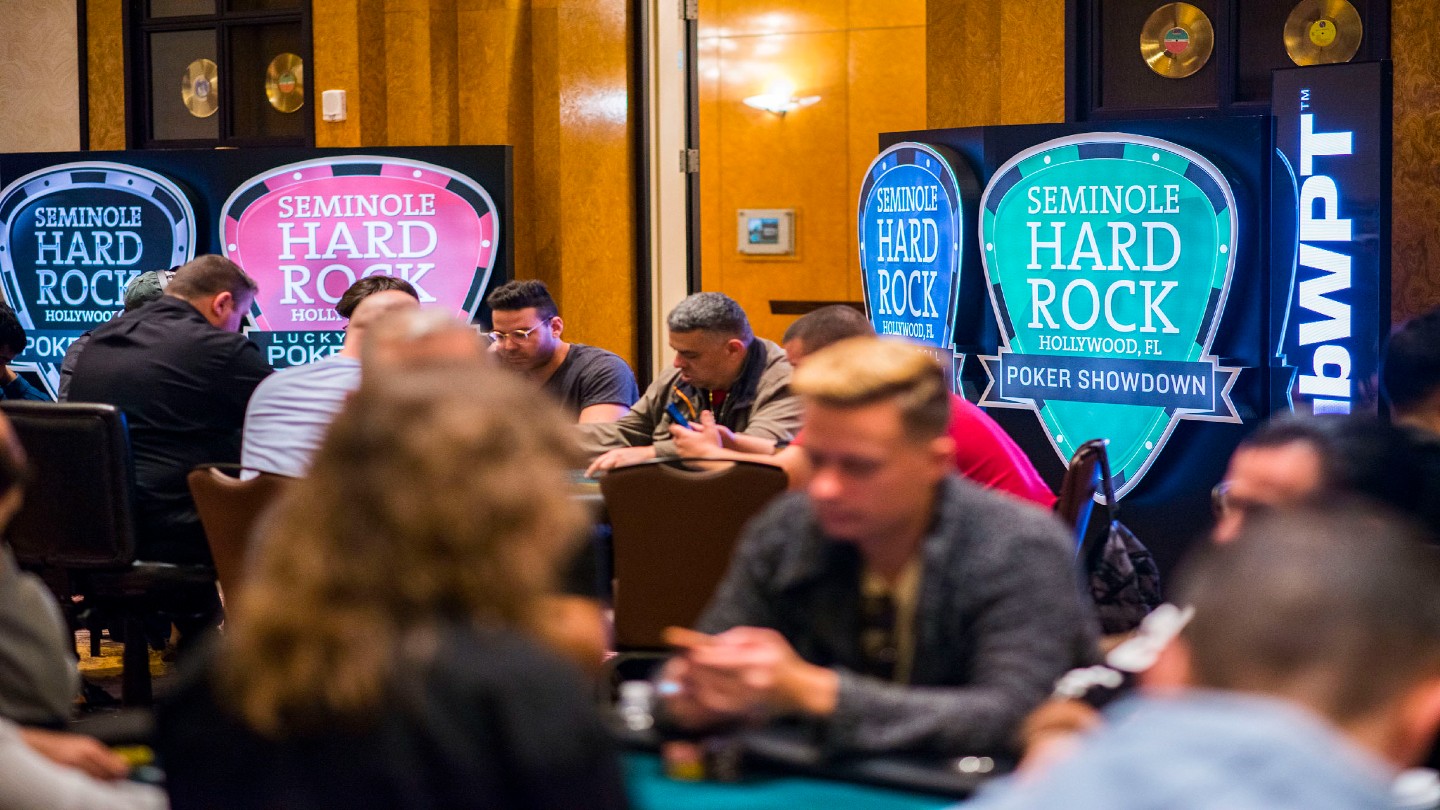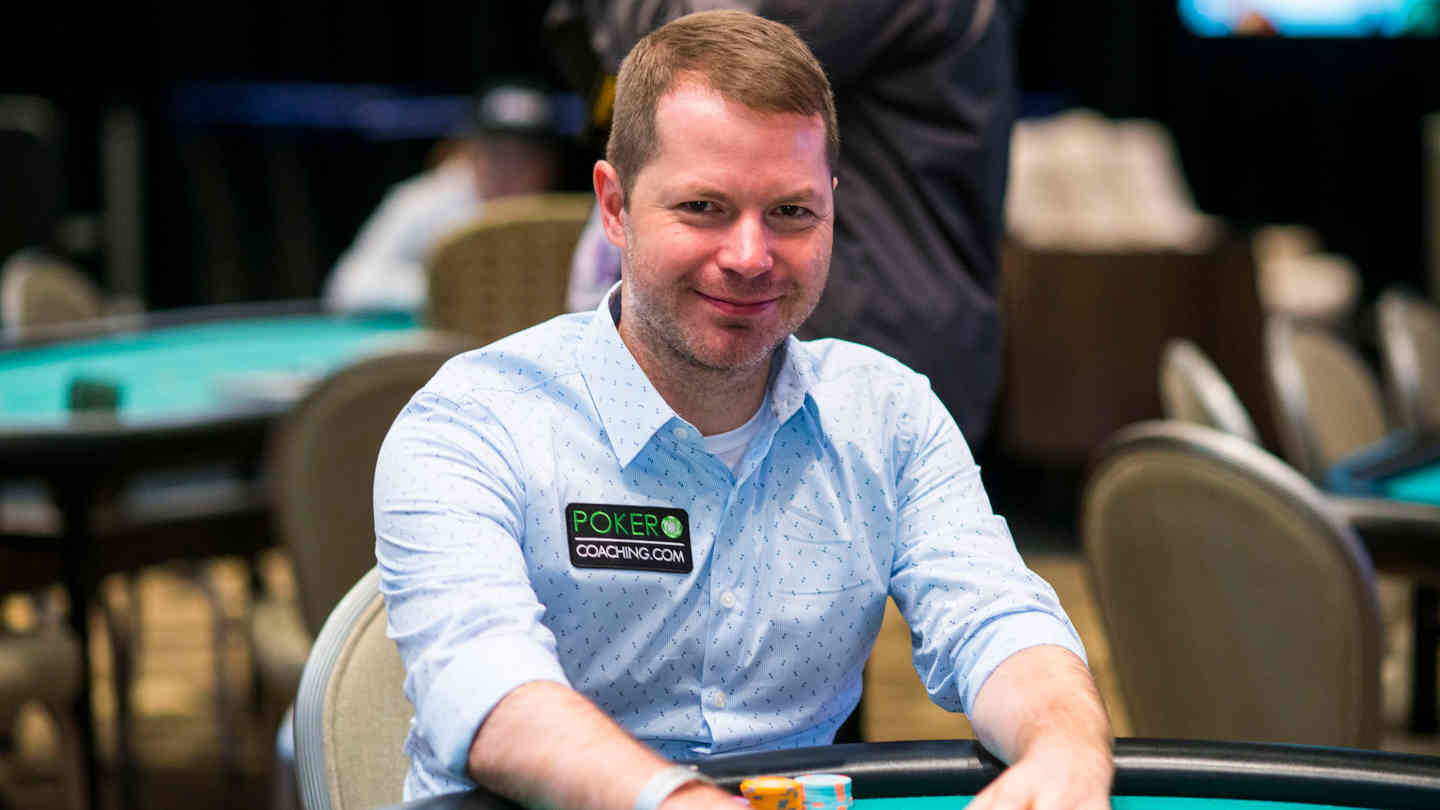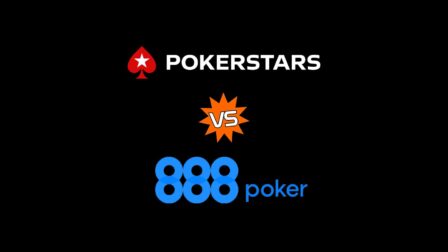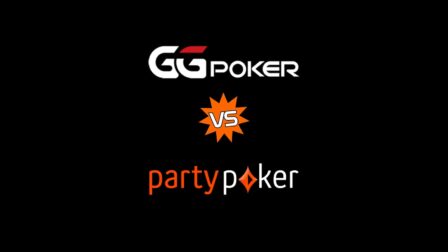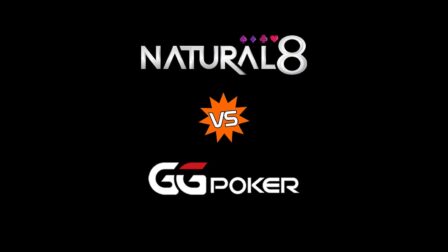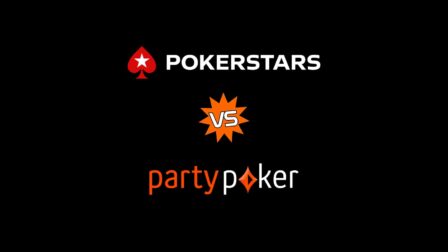PLO Launch Pad Review – Introductory Pot Limit Omaha Course by Upswing Poker
In terms of popularity, the only format that comes close to Texas Holdem is Pot Limit Omaha. With an increasing number of players looking to switch gears and try something new, one of the biggest training sites around has come up with the Upswing PLO Launch Pad.
Created by Dylan Weisman, this is a Pot Limit Omaha course geared towards those new to the game. While not too long or comprehensive, Upswing PLO Launch Pad is the perfect choice for beginners.
The course contains everything you need to start playing PLO reasonably well.
It’s a complicated game with a lot of strategy behind it, so this course won’t make you a high stakes’ crusher.
What it will do is give you foundations that should help you feel comfortable in most lower stakes games, either live or online. It will also point you in the right direction if you want to continue your education.
Upswing PLO Launch Pad Module 1: Pot Limit Omaha 101
The first module of the Upswing PLO Launchpad is intended primarily for those who had no or very limited previous experience with the game.
In the first 15-minute lesson, you will learn PLO rules, how to calculate the size of the pot (which is very important in all pot limit games), and other basic things. This may feel redundant to some, but Weisman wanted this course to be for everyone, even those who never played a single hand of Omaha before.
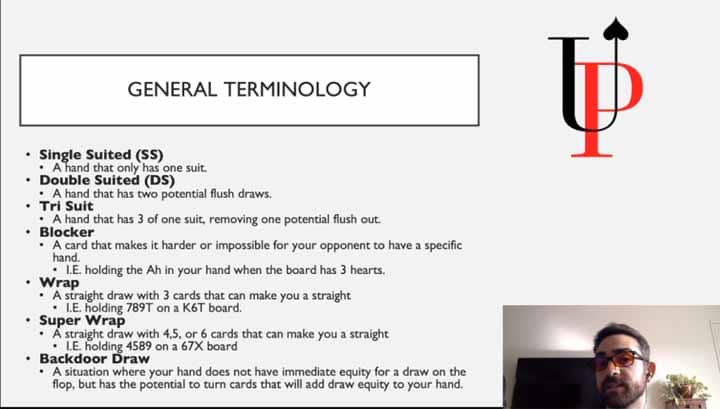
Starting Hand Selection in PLO
The first strategic lesson of PLO Launch Pad deals with the starting hand selection. Like in Hold’em, this is very important, but developing good PLO instincts takes a bit more time.
Instead of massive and complicated charts, Weisman aims to provide viewers with a proper way to look at starting hands and break them down by four main factors, namely:
- Nuttiness
- Connectedness
- Suitedness
- High pair potential
In the rest of the video, he explains how each of these aspects contributes to the hand strength and how they work together.
A lot of time is spent talking about importance of playing hands with a good potential to make the nuts. In PLO, making decent hands that are not the nuts and investing too much money with them is one of the quickest ways to the bust city.
In this lesson, Wiesman also introduces the concept of Robust Equity, i.e. the likelihood of your hand to generate aggression over multiple streets. It’s a very interesting idea that you’ll definitely appreciate if you’re new to PLO.
How to Use Pro Poker Tools
This particular lesson is simply an introduction to Pro Poker Tools, a powerful piece of poker software that you’ll probably want to use as you move your way up the stakes.
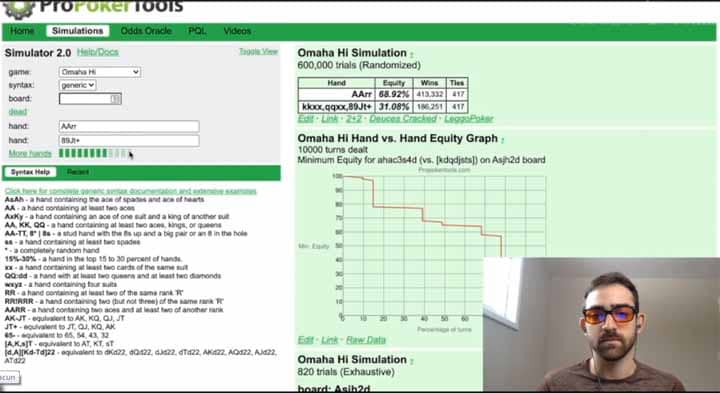
The biggest advantage of this tool is the ability to create simulations and see how different hands stack up against each other. Spending some time with it will help you develop your feel for the game, so it’s probably a good idea to check it out if you’re serious about PLO.
Module 2: Preflop Play in PLO
The second module of Upswing PLO Launch Pad aims to teach you how to think about preflop play and ranges in general. While strategies presented here are based on solvers and GTO, they’re simplified and presented in an understandable and easy-to-follow manner.
This is done using heuristic, i.e. coming up with solutions that may not be perfect, but are good enough in most situations and are also easy to execute, making this approach perfect for new PLO players.
Raise First In Ranges in Pot Limit Omaha
Weisman explains that just by knowing what hands to open with before the flop, you’ll have a big edge over the competition in most lower stakes games.
However, the way you need to understand and distribute these ranges is different from what you do with Hold’em poker hands.
You need to think in terms of hand classes and positions and combine both to come up with solid and profitable opening ranges.
When you purchase Upswing PLO Launch Pad, you will also get a PDF that contains all the different opening ranges distributed by hand classes and positions, to make the learning process easier. Weisman provides some advice and instructions on how to best use this document.
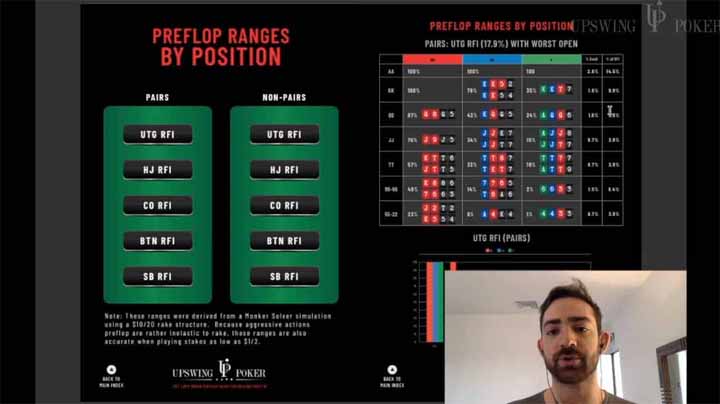
Navigating the PLO Matrix Tool
The PLO Matrix tool is an all-encompassing piece of software to bring your preflop game up to shape. It’s not just about opening ranges, which were covered at least to some extent in the earlier video, but also helps you figure out other stuff, such as your 3-betting ranges, when to cold call, etc.
In this video, Weisman also talks about the importance of rake in this game.
Many PLO games are heavily raked, which makes it less appealing to try and see more flops and incentivizes you to play a more aggressive game before the flop.
PLO Matrix is built for different stakes because different stakes have different poker rake structures (i.e. micro, low, mid, high stakes).
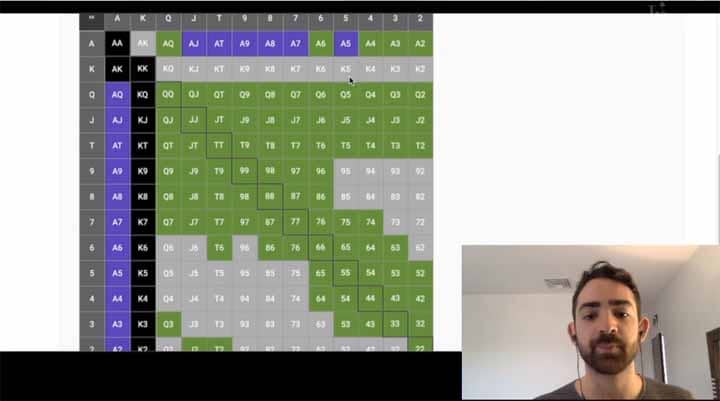
Using a few examples, Dylan explains how to best use PLO Matrix and shows all the different options this tool has to offer.
3 Betting & 4 Betting Tips
Knowing when to take an aggressive route in PLO is very important. In this lesson, Weisman shares some general thoughts about 3 and 4-betting ranges and tries to offer a broader idea of how you should think about this aspect of the game, rather than giving you complicated charts.
In the video, you’ll find five important points to consider in these spots, namely:
- Respect the UTG raising range
- What hands are “prettiest” to 3-bet with
- Ramping up your aggression when playing from the blinds
- How to outplay aggressive 3-bettors
- What the perfect candidates to 4-bet with are
This advice will help you understand basic principles behind aggressive play and how to implement them into your PLO game-plan.
It’s not a super-detailed video and you will need to put in more work to actually develop these ranges but, for a beginner, it reveals many interesting details about how to approach topics of 3 & 4-betting.
How to Play Aces in PLO
This particular lesson is quite an interesting one and a great addition to the course. As the title suggests, it focuses on pocket aces in PLO in particular and how to play them before the flop.
Weisman explains some of the biggest pitfalls of playing pocket aces and emphasizes certain logical fallacies that Hold’em players often have.
In PLO, pocket aces aren’t just about their raw power. These hands are also about their potential to put a lot of pressure on your opponent, especially because of the value of blockers.
In this video, you’ll find three simple but very useful tips on how to play your AAxx hands preflop and perhaps fix some of your current leaks.
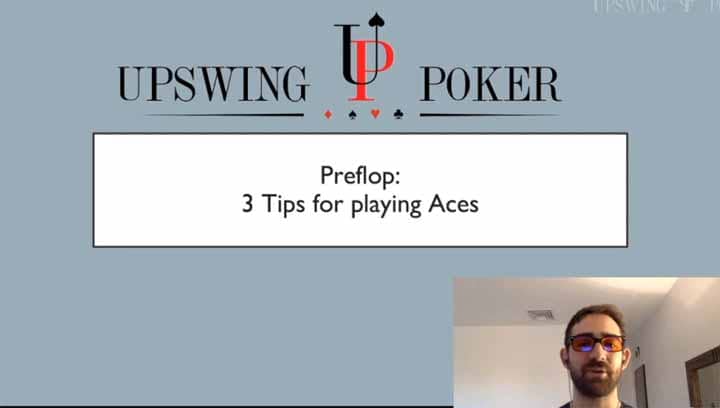
Module 3: Flop Play Fundamentals
After covering all important aspects of preflop play, the course naturally progresses to flop strategies. This section of Upswing PLO Launch Pad tries to give you tools to navigate different postflop situations without going into too highly specific scenarios.
SPR & C-betting
In the first lesson of this section, Weisman talks about importance of stack to pot ratio (SPR) in continuation bet situations. How deep you are and how your stack size correlates with the size of the pot is very important.
The deeper you get, the more complicated your decisions become as they span over multiple streets.
You need to keep these points in mind when structuring your c-betting ranges. Dylan Weisman presents an approach that’s fairly easy to implement, but effective enough to make you money over the long period.
Two aspects to look at when thinking about continuation betting are:
- Size of ranges – how narrow of wide they are
- Range advantage (range vs. range interaction)
These principles are further elaborated using some hand examples and in-game situations. You want to figure out how different hands correlate with different board textures and tailor your strategy accordingly.
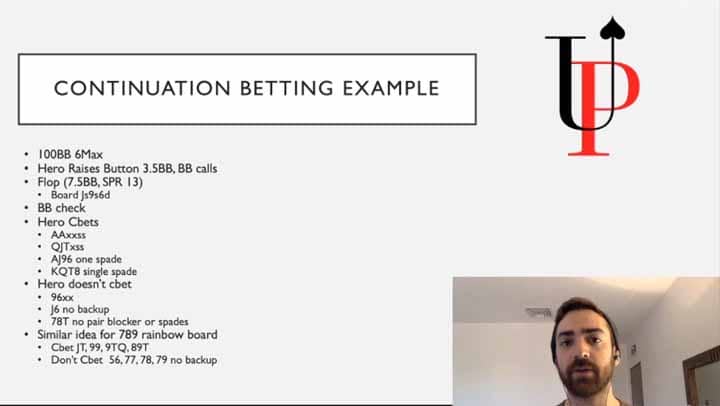
Weisman also spends some time talking about how, even at bottom of your range, you will want to have hands that have some robustness, i.e. some backdoor potential to turn into really strong draws and made hands by the river.
Importance of Board Textures in Single Raised Pots
After figuring out what board textures to c-bet on in different spots, PLO Launch Pad moves on to another important aspect of continuation betting, i.e. figuring out how to size your bets properly.
In this lesson, Weisman breaks down board types into several categories, namely:
- Dynamic unpaired
- Dry unpaired
- Straight
- Paired
- Monotone
In this lesson, you will learn what percentage of the pot you should bet based on the board texture and other factors discussed in the previous video.
Navigating 3-bet Pots
The final lesson of this module deals with 3-bet pots, more specifically with sizing your continuation bets in these spots.
Weisman explains the most important thing to figure out is whether you want to play on two or three streets.
Based on this, you will tailor your strategy for a specific hand. For a beginner, it’s enough to have a two-strategy approach, where you only c-bet either 50% or 100% of the pot.
The main idea of this video is to teach you some finesse and provides you with some options instead of just smashing the pot button every time, which often ends up losing you some value.
Module 4: Basic Turn & River Concepts
The module addressing turn and river play is the shortest one in Upswing PLO Launch Pad, and for a good reason.
Making an introduction for turn and river play is very challenging because concepts needed to understand these spots require more knowledge as decisions get deep into the GTO tree.
This isn’t to say that you should skip this section, though.
In the two videos, Weisman offers a brief overview of some thought processes, which are further elaborated in the Play & Explain section in various relevant turn and river spots.
The first video of this module talks about figuring out correct sizes for you turn probes based on different turn cards and texture changes. This lesson won’t make you an expert, but it does give you an idea of how to think about different classes of turn cards and how that impacts your strategy.
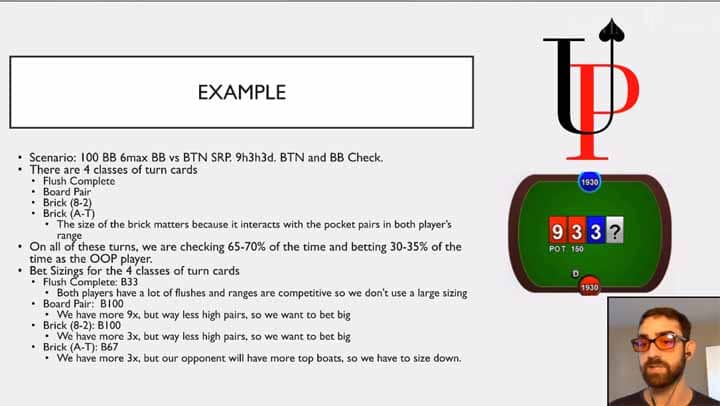
The second video covers rivers, which is a super-complicated area, as there are so many ways to get to the river. Thus, it’s a bit outside of the scope of this course.
Weisman talks to some extent about navigating checked-down pots and using two bet sizes on rivers when playing out of position.
You’ll learn about how to categorize different hands on the river and the importance of having two different bet sizes (big and small) in checked-down pots.
Importance of blockers on the river is discussed as well. Rangers are narrower by the time you get to the river, so blockers become much more important. They remove certain combos from your opponent’s range, which can be crucial in some spots.
Module 5: Fundamentals’ Videos
Module 5 of Upswing PLO Launch Pad is somewhat of the bonus module. It features several interesting videos, some of which go beyond math and strategy.
The first video in this section talks about setting yourself for success in poker.
Weisman suggests asking yourself some questions along the lines of what it is you expect from poker? There is so much the game can offer you but you need to approach it with an open mind.
What exactly is success for you? Is it about making money, or maybe taking on the world’s best, or about having fun first and foremost?
Expectations from First PLO Live Experience
The second video of this module is very interesting as it covers live PLO specifically. It may not be relevant to everyone, but if there is a live PLO game happening nearby, you definitely want to check this lesson out.
Dylan talks about what to expect when you sit down in a live Pot Limit Omaha game. The quality of play at lower stakes is usually quite low and there is a lot of value to be had.
However, live games are all about patience and staying focused. There is much more limping going on and players play all sorts of weird stack sizes, so you have to worry much more about SPR when getting involved.
You’ll find some very useful tips on how to make money in games where no one is folding and there a lot of action.
However, if live PLO is really your focus and you want to excel in it, check out Weisman’s Live PLO Dominance course as it provides you with all the tools you need to dominate live games, even at higher stakes.
Module 6: Play & Explains
Like most Upswing courses, PLO Launch Pad ends with a Play & Explain module. Videos in this section feature Weisman as he plays and records action in real time, sharing his thoughts and ideas as situations come up.
Play & explain videos cover four stake levels, namely:
- PLO 10
- PLO 25
- PLO 50
- PLO 100
This approach should give you a good idea of how things change as you climb the levels and what to expect as you move up.
Weisman recognizes that theory videos aren’t always easy to watch, so these play & explains are there to reiterate some points and really hammer home some ideas that may have left you confused before.
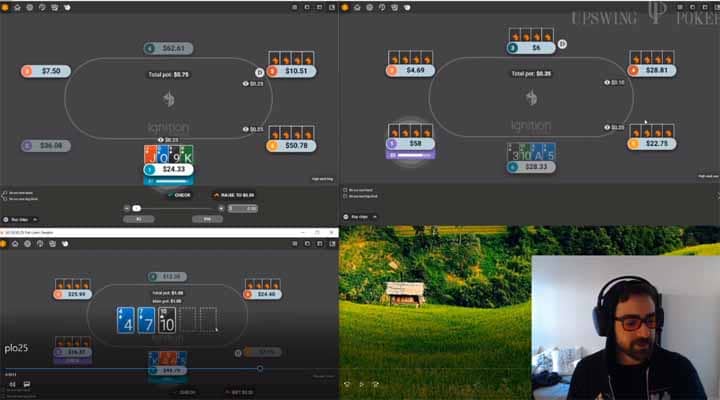
A PLO MTT Review
The final few lessons were added as a bonus. There was no tournament content planned for Upswing PLO Launch Pad, but Weisman decided to add it at the last minute.
It’s actually a live coaching session with one of his students in real time, so if you want to learn more about Omaha tournaments, these two videos are must watch.
The quality of the footage isn’t as good as the rest of the course as it wasn’t recorded with this purpose in mind, but you’ll have no problem keeping up with the action as you can see and hear everything very clearly.
Summary: Who’s Upswing PLO Launch Pad For & Is It Any Good?
Pot Limit Omaha isn’t an easy game to learn and if you try doing it on your own, it will take you a long time and a lot of effort. If you’re completely new to the game, transitioning from Hold’em, you might have certain ideas that are completely wrong in the context of PLO, and this course will help you build the right foundations.
Upswing PLO Launch Pad is probably the best beginners’ Pot Limit Omaha course in the market right now and it comes at a very reasonable price.
This course will help you learn the fundamentals of the game in a quick and simple way and set you on a path of becoming a good PLO player.
It will definitely make you profitable at micro and low stakes. But, naturally, as you move up, things will get increasingly tougher.
Once you get past the fundamentals and want to keep improving, there are other resources available. For PLO specifically, check out Upswing’s Advanced PLO Mastery review, probably the best and most comprehensive course on Pot Limit Omaha in existence.



